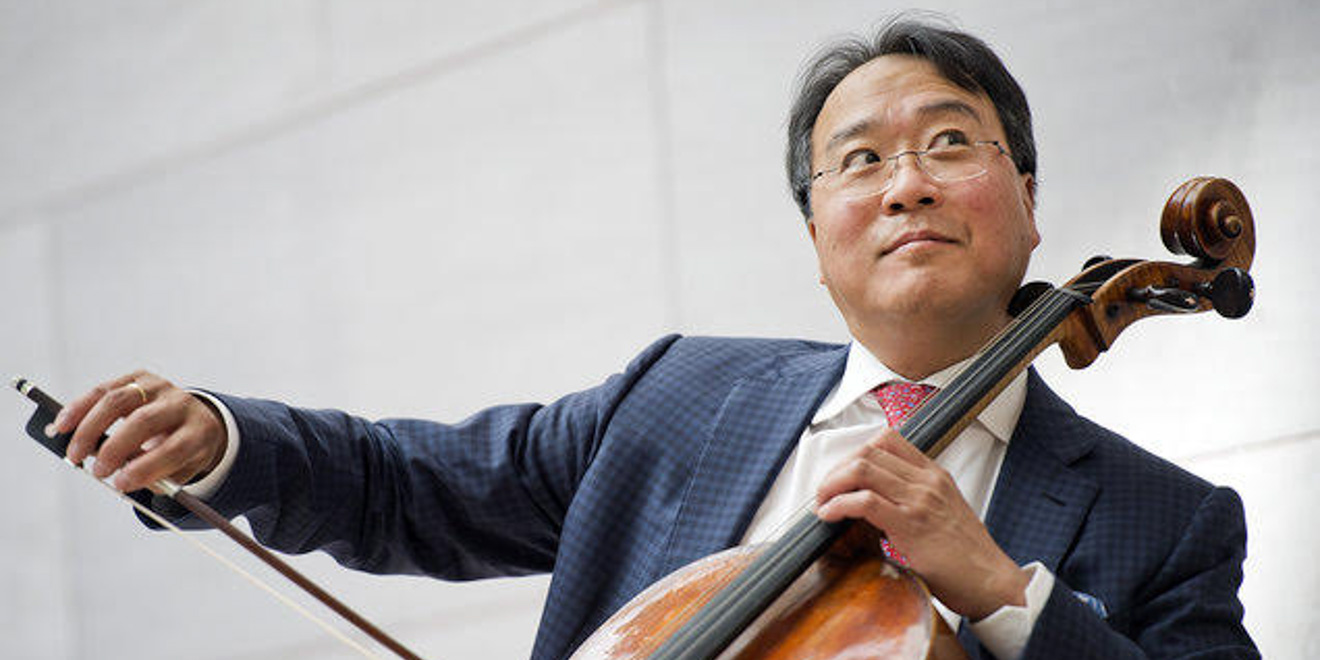On Thursday, March 1, hundreds of people showed up at Bing Concert Hall to watch a performance by Emanuel Ax, Leonidas Kavakos and world-renowned cellist Yo-Yo Ma. Bing Concert Hall, an acclaimed space with Vineyard style seating, was perfectly conducive to the night of music. Nearly all of the 842 seats were filled on Thursday night. The artists sat center stage beneath a wash of bright, white light.
Ax, Kavakos and Ma performed three pieces by Johannes Brahms. The Brahms pieces performed were titled Trio No. 2 in C major, Op. 87, Trio No. 3 in C minor, Op. 101 and Trio No. 1 in B Major, Op. 8. Ax, Kavakos and Ma recorded Brahms’ trios for Sony Classical in September of 2017, and have been touring throughout the U.S. since.
The concert goers reminded me of Yan Hui in Zhuangzi’s The Essential Writings — because of the way they seemed to “just sit and forget.” Each person I observed was still and silent throughout the entire performance, listening carefully to the beautifully layered strings sprinkled with piano notes, as if the music was the only thing on their minds.
Ax, Kavakos and Ma seemed to be under the control of their instruments, like bodies on autopilot. Sometimes, when the music was rising to crescendo, they would sway from side to side excitedly. Then, as the score softened, they would gently tap their feet. They were completely in sync with one another. If Ma exerted pressure on the strings of the fingerboard of his cello, Kavakos would wield his violin bows with urgency, and if Ax scattered light fingertip touches against the piano keys, the other two would play delicately.
After each trio, they would return to themselves, hold hands and soak up the claps and cheers of the audience. Throughout the performance, I wondered if the experience for the musicians was the same as it was for the listeners. Did they, too, “just sit and forget”? Or did the opposite happen? Maybe — for them — memories trickled to their brain like raindrops, slowly, one-by-one. The music they played was so emotive that each trio and each movement within the trios conveyed a strong emotion, ranging from nostalgic to uncertain to empty. At times, they conveyed a sense of overwhelming happiness, and at other times, waxing hopefulness.
At the end of all of the Brahms’ trios, they were given a standing ovation. They exited the room, but the audience continued to clap, drawing them back into the concert hall to play one additional piece, not in the program. At the end of this one, instead of holding hands, the musicians hugged. Then they exited the concert hall through a large side door, and disappeared into a hallway illuminated by deep blue light.
Contact Chasity Hale at cah70352 ‘at’ stanford.edu.
